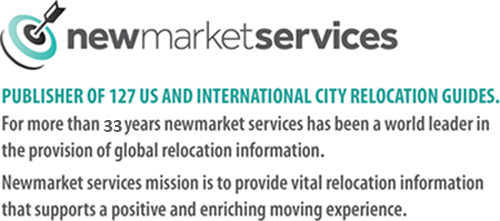Kansas City bills itself as the “Heart of America.” Within 250 miles of both the geographic and population centers of the nation, the city is famous for its stockyards, saxophone player Charlie “Bird” Parker and his Kansas City-style bebop, and some of the best barbecue in the world. The city has more boulevards than Paris and more working fountains than any city but Rome. A fountain of some sort is incorporated into the design of nearly every commercial building, giving Kansas City its second nickname: “The City of Fountains.”
Established as a fur trading post in 1821, Kansas City played a major role in American history as a gateway for pioneers heading west along the Oregon, California, and Santa Fe trails. In the mid-1800s, settlers, missionaries, and traders began their overland journeys here or from nearby Independence and Westport. Several Civil War battles were fought here, and the 33rd president of the United States, Harry S Truman, began his political career here. Jazz musicians Charlie Parker and Duke Ellington played in the nightclubs of the 18th and Vine District, Walt Disney first sketched Mickey Mouse in a Kansas City garage, and Joyce Hall (cofounder of Hallmark Cards) made his first greeting card here.
Vibrant and diverse, Kansas City maintains a healthy mix of art and agriculture, sports and technology, cowboys and haute couture. The area’s economy is diverse with a multitude of industry sectors. The major benefit of this diversity is that it has led to relative economic stability.
Research and development programs are particularly strong in Greater Kansas City. The Midwest Research Institute, one of the nation’s leading independent research organizations, is based here. It handles a variety of projects for clients in government, business and industry. In addition, the University of Missouri-Kansas City houses the center for Telecomputing Research, considered a top center for telecommunications and computer networking research. Other top-rated research centers include the University of Kansas’ Center for Excellence in Computer-Aided Design and Analysis, which conducts research for high-tech industries, and Higuchi Biosciences Center, which conducts research for the pharmaceutical and biological industries.
The Kansas City area is determined to lead the country in telecommunications services and has a well-defined plan to become the best place in the country to do business electronically. Sprint Corp.’s plan to consolidate its operations from 40 facilities throughout Kansas City and relocate 10,000 local employees to one giant world headquarters by year 2002 shows how strong the telecom business environment is here.
Other businesses have also made plans for expansion in the Greater KC area. Citicorp has completed construction of a $13.6 million, 136,000-square-foot office building in the Kansas City International Airport corridor, and Harley-Davidson recently announced plans to build a 300,000-square-foot plant near the airport, bringing 500 new jobs to Kansas City. Entrepreneurial activity also flourishes in the area, forming a strong small-business community, nurtured by the Ewing M. Kaufman Foundation’s Center for Entrepreneurial Leadership, the Greater KC Chamber of Commerce and many other area organizations.
Quality of life has improved at the same pace as the economy. Cost-of-living expenses, including housing prices among the lowest in the nation, are very affordable. Many of the primary and secondary school districts are nationally recognized and the colleges and universities also have a strong reputation. Art, culture and recreation in Greater Kansas City measure up to just about any city.
$market = “KC" ;
global $market ;
[/insert_php]
[insert_php]
$market = “KC" ;
[/insert_php]
